A Santa Barbara Canyon
Recovers from Fire and Rain
The Miraculous Survival
of the Arroyo Hondo Preserve
By Sally Isaacson | May 23, 2023
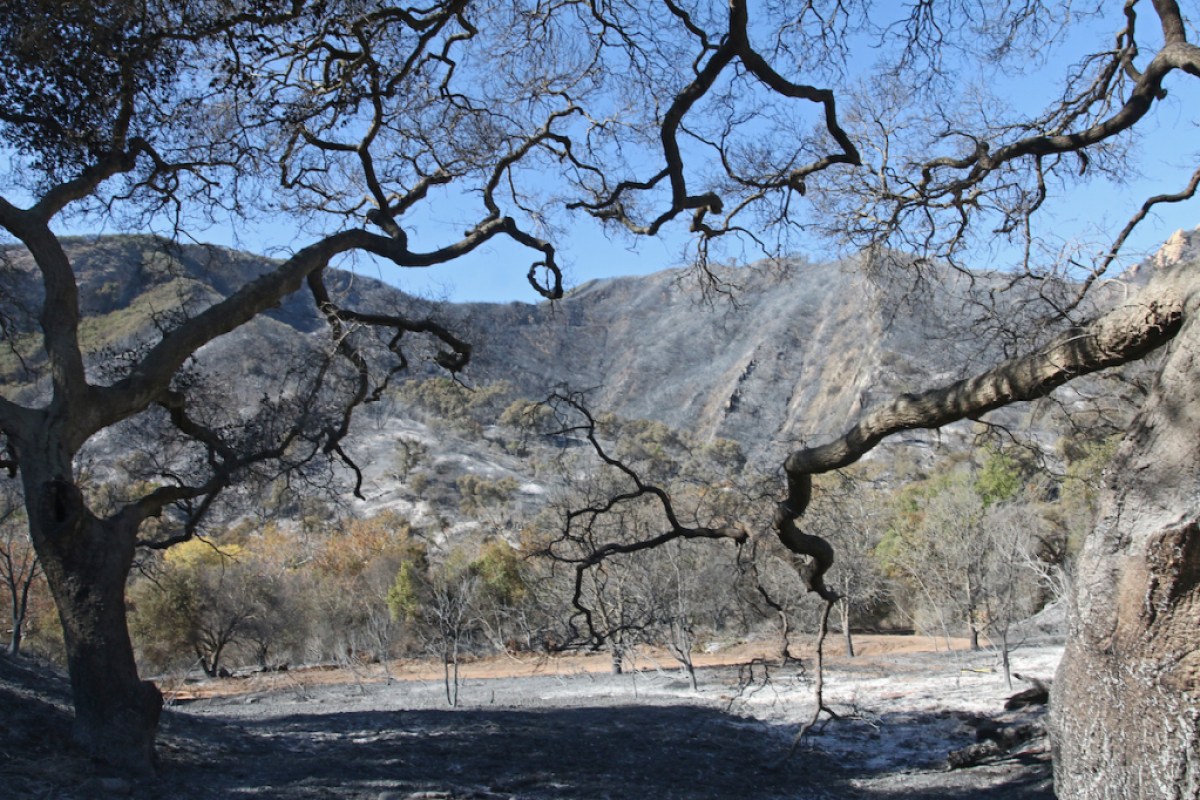
On October 11, 2021, I learned that Arroyo Hondo Preserve, where I work, was in the path of the Alisal Fire. I rushed to the canyon and saw the fire, with huge billowing smoke clouds, driven by fierce winds, racing downhill from the mountains to the Pacific.
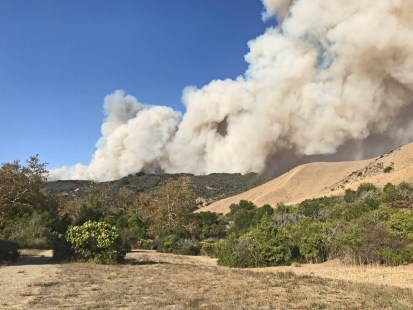
Within a few days, we realized the huge impact the fire had upon the preserve. For all the many visitors who had enjoyed the immense biodiversity of Arroyo Hondo over the years, the scorched earth left from the fire may have seemed like a hopeless tragedy. But for me, as a botanist, I knew this was the beginning of an exciting time watching how this beautiful canyon would recover.
Fires in Mediterranean climates such as ours are well-documented. We know that many native plants and animals are especially adapted to survive recurrent wildfires. What I could not know at the time was what a variety of intense weather conditions Arroyo Hondo would experience in the next few years. The following is the tale of how a resilient regional ecosystem responded to devastating fires and torrential rains.
The Lay of the Land
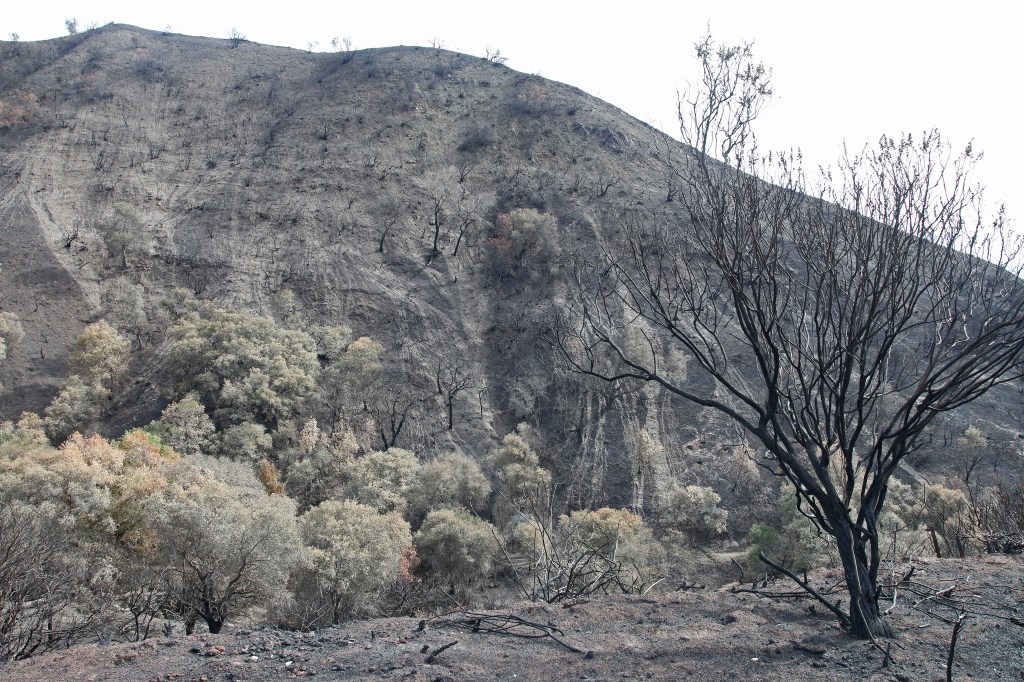
The preserve remained closed until May 2022; however, staff and a few dedicated volunteers continued to work. At first, I walked the trails, photographing the scene: smoking trees with deep cavities carved into their trunks, some burned down through to their roots. Others had open windows where fire had burned right through their trunks. Most trees had been scorched, some turned into curious sculptures, but what we didn’t know was which ones had actually been killed.
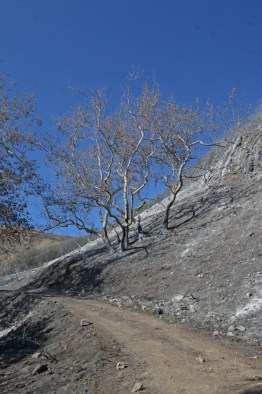
The scene, recently painted in autumn greens and golds, was now a monotonous expanse of blacks and browns. On the steepest slopes, clad with the oldest chaparral, the fire burned hottest. Only charred shrubs remained. Gray ash covered the bare, baked soil. When we tried to climb up a slope, the soil slid out beneath us.
The surface was so fragile that we wondered what would happen when it rained. But long before any rains, green fern fronds, blades of grass, and even mushrooms began pushing up through the blackened leaf litter.
The old adobe and the barn also survived intact. Cattle and sheep had recently grazed the front part of the canyon, and this, combined with fire crews who bulldozed the surrounding area, saved the buildings.

At first, all was eerily silent. What animals would survive such an inferno? But soon we saw signs of life: A big rattlesnake slithered over the blackened earth, and the canyon’s resident deer herd, looking thinner than a few weeks before, began to quietly return. We speculated that they had sheltered in the orchard where the paths between the trees were clear of brush.
Fresh tracks of foxes, coyotes, bobcats, and at least one mountain lion reassured us that other animals had survived, though we found a number of rodent skulls and the remains of a coyote. Almost all of the stick-pile nests of the big-eared woodrats had burned up, and we wondered how many of their residents had survived, though we saw some tree squirrels that had sheltered in the tallest sycamore.
Big hawks roosted in the trees watching for prey. And once we were surprised to see a blackened bush covered with bright, tiny, yellow things — a flock of goldfinches. What joy to see color returning to the canyon.
Showers and Flowers
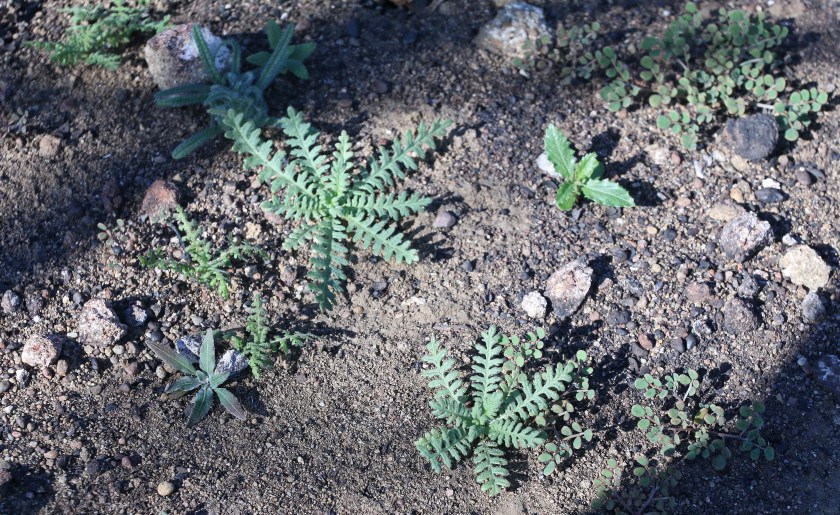
Despite years of drought, the winter of 2022 brought renewed hope for a wet season. We had two significant storms. With those rains, and the lengthening days as spring approached, came an almost miraculous awakening of plants, many of which we worried had been killed. Bay trees that had appeared dead sprouted madly from their bases, and most of the oaks and sycamores soon had new leaves along their branches. Ferns, which had not waited for the rain, were now flourishing in their special spots.
With spring came special wildflowers: delicate red fire poppies, blue large-flowered phacelias, pale yellow whispering bells, cream-colored ear drops, and others that are rarely seen except after fires. Other plants produced more flowers than usual, probably due to nutrients from the ash as well as absence of shade from surrounding plants. We saw luxuriant giant stream orchids, unusually abundant golden stars, mariposa lilies, and a host of others.
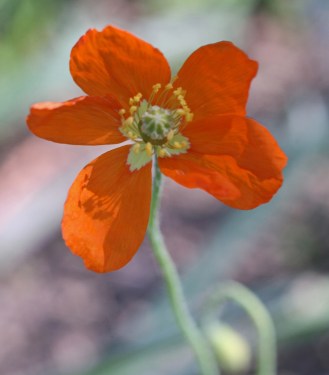
Along the stream, the pools were covered with ash, yet fish, at first, could still be seen. But that changed after the two rain storms of that winter (2021-2022).We often talk about devastation caused by wildfires, but it is really the combination of fires plus the floods that follow that cause the greatest changes to ecosystems.
Although those rains were unusually high along the coast, the burned mountains above received much more precipitation. Ashy mud soon covered a flat area below the slopes. Floodwater, carrying gravel, rocks, and branches, changed the creek habitat. Pools were obliterated, and the creek bed became wider and flatter.
Our rare turtles, frogs, and newts survived, but the entire population of rainbow trout and/or steelhead vanished from Arroyo Hondo Creek. This creek is known to be an important steelhead spawning stream, and we do not know how long it will take before the rare Southern California steelhead return.
The big floods of this winter (2022-2023) have further changed the course of the creek. Much fine sediment has been washed out, and the creek bed is now lined with big clean cobbles and boulders. New pools are forming, and these should provide good habitat for aquatic animals. The water is sparkling and clear, and it flows fast to the ocean. A big pool has formed at the estuary once more, and we hope for a pair of mature southern steelhead to enter this pool from the ocean, swim upstream through the man-made fish passage under Highway 101, spawn, and repopulate the stream.
The ever-changing Arroyo Hondo has given us all, visitors and scientists alike, an opportunity to witness the natural recovery of a resilient ecosystem after fire and flood — a uniquely Californian recovery.
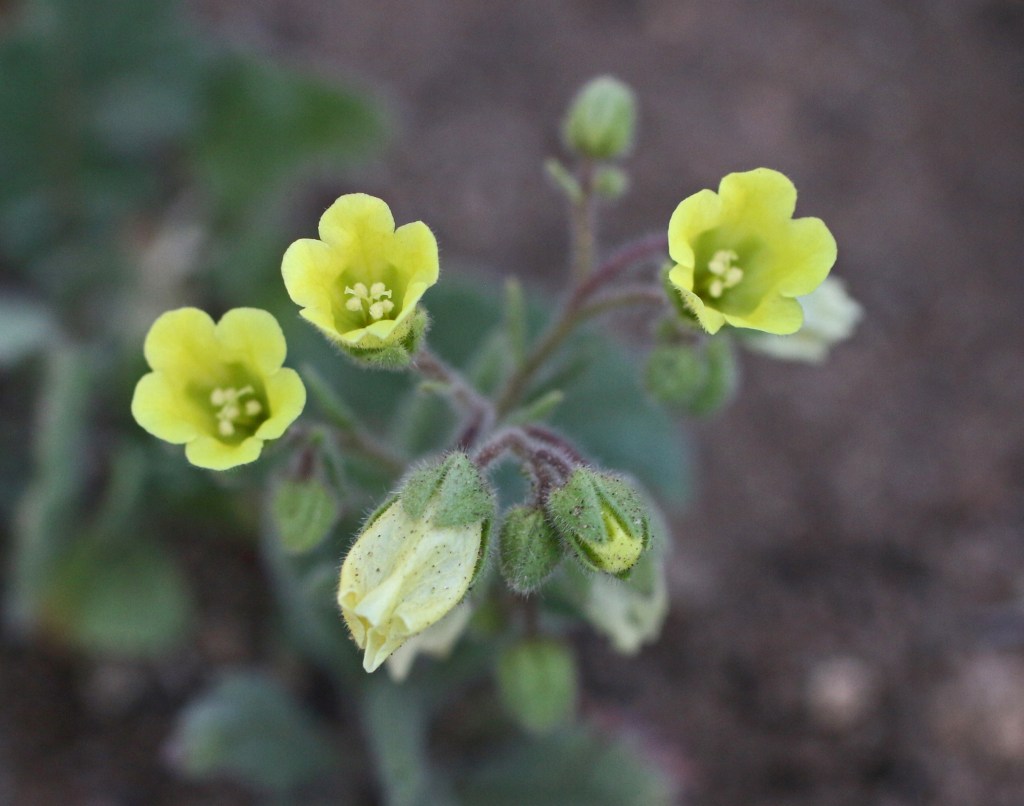




You must be logged in to post a comment.